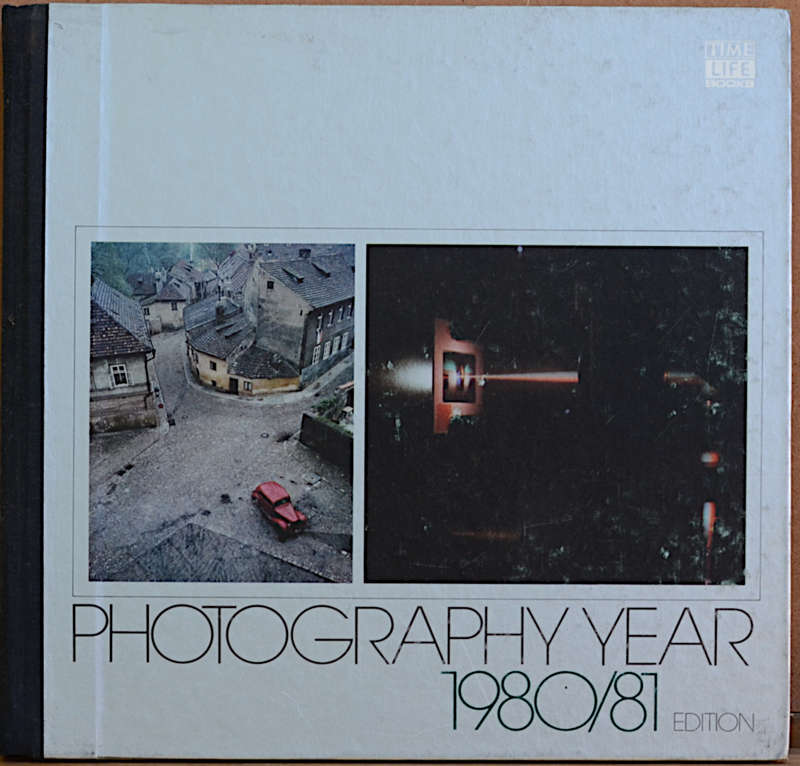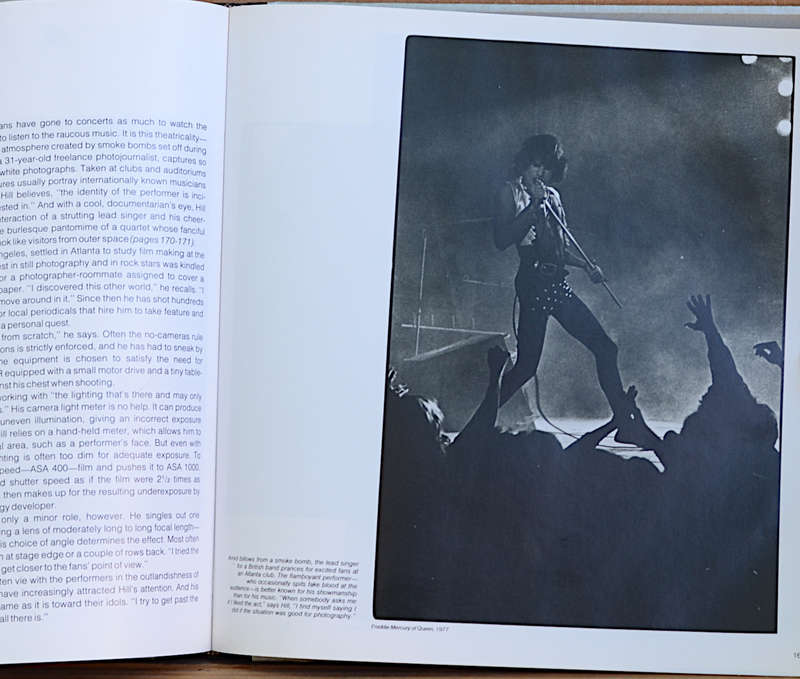





Photography Year 1980-81 by the editors of Time-Life Books I Hardcover
Check my rate
| Main centres: | 1-3 business days |
| Regional areas: | 3-4 business days |
| Remote areas: | 3-5 business days |






| Main centres: | 1-3 business days |
| Regional areas: | 3-4 business days |
| Remote areas: | 3-5 business days |
Hardcover
Condition: Outer cover may show signs of wear but the spine and inside pages are in very good condition.
ISBN-10 : 0705403882
ISBN-13 : 978-0705403887
Introduction by the editors:
Photography passed its 140th birthday in
1979, a year in which the rich history of the
art dominated the news. Books. shows and
awards around the world celebrated mas-
ters and styles of the past. Developments in
technology, however, looked forward: in
lens design, to a time when one or two zoom
lenses will be all a photographer requires;
in color technology, to an era of low-cost,
high-quality color prints made from slides.
Tributes to photography's past included
interest in almost every one of the medium's
14 decades. One valuable side effect of this
nostalgia was the rediscovery of major pho-
tographers neglected or forgotten until now.
In Paris, one of the world's oldest profes-
sional photographic societies, the Société
Franqaise de Photographie, celebrated its
125th birthday with an exhibition that was
judged one of the year's best. Turn-of-the-
century images came to light when a collec-
tion of early color transparencies that had
been amassed by a French banker was
made available lor public viewing.
The 20th Century was well covered also.
Masterpieces from the 1920s and 1930s
by a Soviet photographer went on display in
Britain: and three photographic heroes of
the centuryan American, a Frenchman
and a Japanese, each of whom first came to
prominence in the 1930swere the sub-
jects of retrospective acclaim. The following
decades were celebrated in a 200-print
exhibition from the archives of Life. shown
in New York City, and in a stirring trove of
lost pictures documenting the Warsaw
uprising in 1944 that were rediscovered
and exhibited in Poland.
The year's interest in past photography
had its effect on buyers and sellers too. At
auctionsin 1979, prices for original 19th
Century prints went over £7000 for the first
time, and two albunts of pictures by a 19th
Century American landscape photographer
brought £90 000. Print makers made '"restrikes"
of old negatives in beautiful new
editionsusing modern materials to simu-
late the photographer's original effects.
Photography's past seems even to have
influenced two of the unrecognized photog-
raphers selected by Photography Year in its
global hunt for new talent. One deliberately
achieves antique effects by using a pinhole
camera and negatives made of paperlike
those employed by photographic pioneers.
The other updates a straightforward style of
black-and-white portraiture that is as old as
the historic pictures of Mathew Brady.
Technology, on the other hand, broke new
ground in 1979. Employing automated ma-
chinery and computer-assisted lens de-
signs, manufacturers brought out a number
of zoom lenses that straddle the normal
focal length of the 35mm camera, each
serving for tasks that once required three
separate lenses. A computercoupled
with lasersis also at the heart of a revolu-
tionary system for making color prints that
compare in quality but are lower in cost than
those now made in custom laboratories. The
technique depends on three beams of laser
light that read a transparency, transfer its
color information electronically and then re-
create the image by exposing color nega-
tive filmall in 15 seconds.